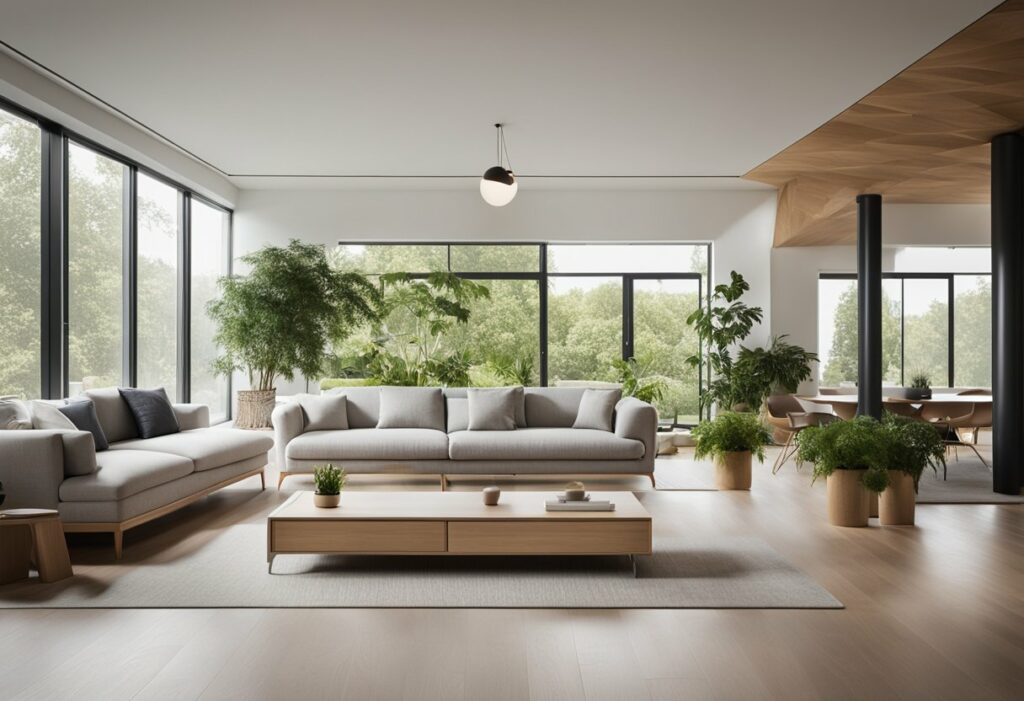2030 Interior Design Trends: A Glimpse into the Exciting Future
Are you curious about what interior design will look like in 2030? The future of interior design is exciting and full of possibilities. From technological integration to evolving aesthetics and functionality, there are many trends that will shape the interior design industry in the coming years. In this article, we will explore some of the most exciting future interior design trends that will define the look and feel of our living spaces in 2030.
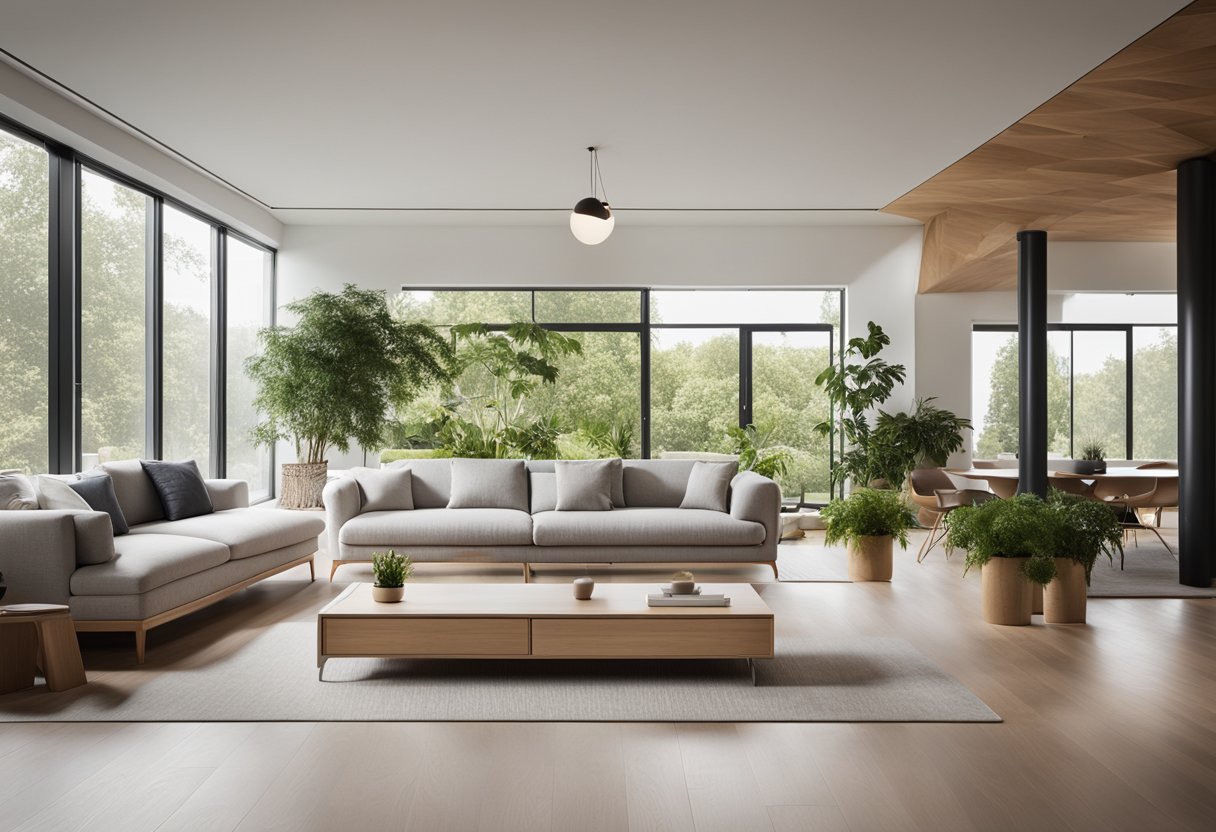
Technology is changing the way we live and work, and interior design is no exception. In the future, technology will play a more significant role in interior design, from smart home automation to virtual reality design. Furthermore, the integration of sustainable and eco-friendly materials will continue to be a crucial aspect of interior design in the future. As we move towards a more environmentally conscious world, the use of sustainable materials in interior design will become more prevalent.
As the world evolves, so too will the aesthetics and functionality of interior design. The look and feel of our living spaces will continue to change as we seek to create more comfortable, functional, and aesthetically pleasing environments. In the next section, we will explore some of the most exciting future interior design trends that will shape the way we live in 2030.
Key Takeaways
- Technology will play a more significant role in interior design in the future, from smart home automation to virtual reality design.
- The integration of sustainable and eco-friendly materials will continue to be a crucial aspect of interior design in the future.
- The aesthetics and functionality of interior design will continue to evolve, creating more comfortable, functional, and aesthetically pleasing environments.
Technological Integration in Interior Design
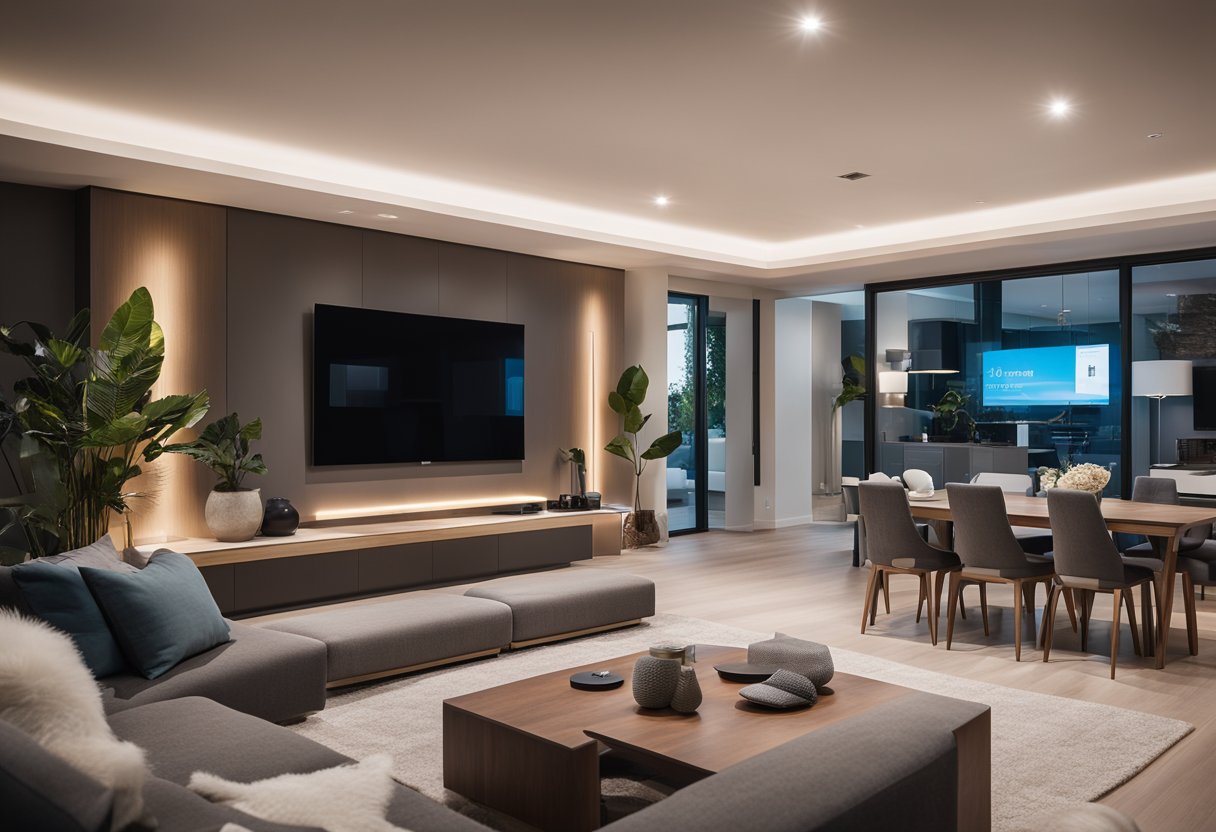
As we approach the year 2030, technological advancements are expected to revolutionize the interior design industry. The integration of artificial intelligence (AI) and smart home technology is set to transform the way we interact with our living spaces. This, coupled with the rise of virtual and augmented reality (VR/AR) technology, is set to create a more immersive and interactive experience for homeowners.
The Rise of AI and Smart Home Technology
Smart homes and home automation will become more commonplace, allowing homeowners to quickly and easily control various aspects of their living spaces. The Internet of Things (IoT) will play a significant role in this, as more and more devices become connected to the internet, making it easier to control them remotely. Security systems will also become more advanced, with AI-powered cameras and sensors that can detect and respond to potential threats.
Virtual and Augmented Reality in Design
VR and AR technology will enable architects and interior designers to create more realistic 3D models of their designs, allowing clients to visualize and experience their future living spaces before any construction work begins. This will make it easier to make changes and adjustments to the design, resulting in greater efficiency and comfort for homeowners.
Innovative Materials and Sustainability
Innovative materials will play a significant role in future interior design trends. Eco-friendly materials, such as bamboo, wood, and glass, will become more popular as sustainability becomes a more significant concern. Biophilic design, which incorporates natural elements such as plants and water features, will also become more prevalent, as homeowners seek to create a more natural and calming living environment.
In conclusion, the integration of technology in interior design is set to have a significant impact on the industry in the coming years. From smart homes and home automation to VR and AR technology, the future of interior design is exciting and full of possibilities. With a focus on sustainability and innovation, the design industry is set to create living spaces that are not only aesthetically pleasing but also efficient, comfortable, and sustainable.
Evolving Aesthetics and Functionality
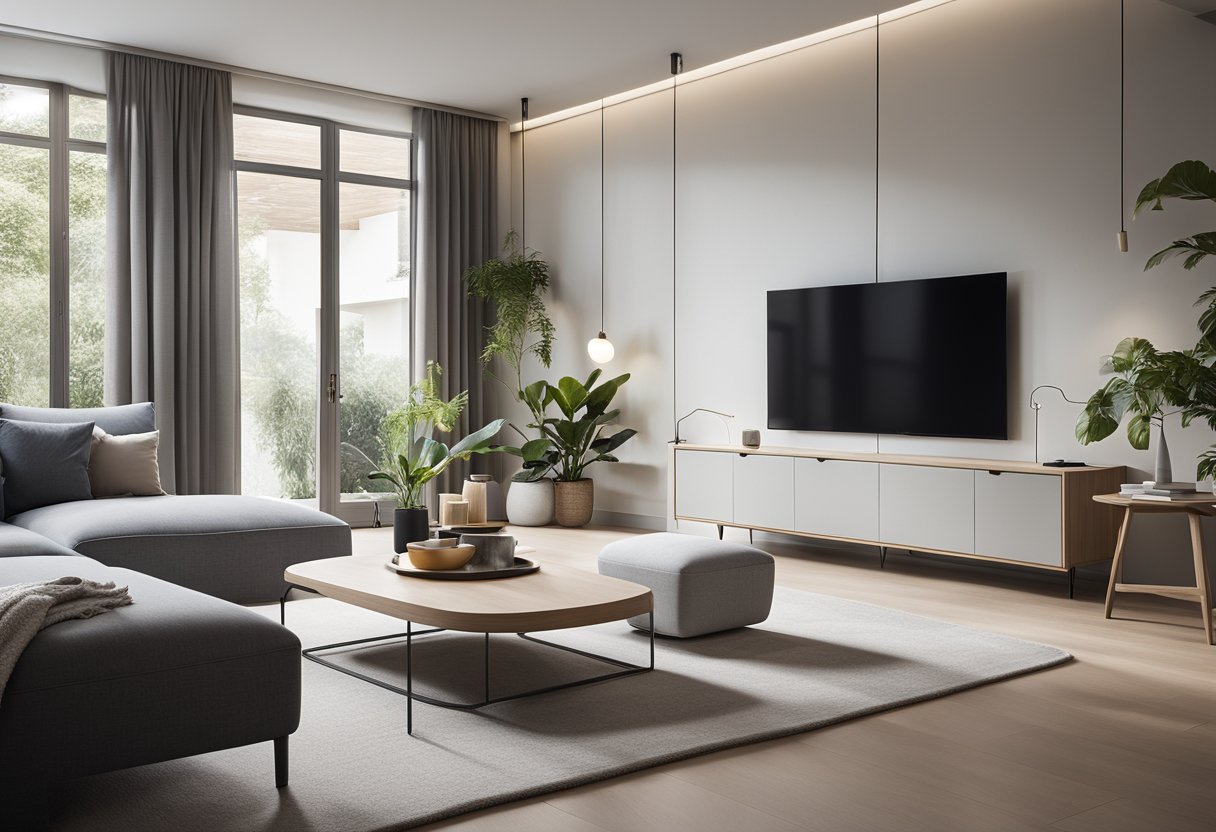
As we approach 2030, interior design is set to evolve in exciting ways, embracing new trends and technologies to create spaces that are both aesthetically pleasing and highly functional. Here are some of the key trends to look out for:
Embracing Biophilic and Sustainable Design
In the coming years, sustainable design will become increasingly important in interior design. From using natural materials to incorporating living walls and indoor gardens, designers will be looking for ways to bring the outdoors inside. Biophilic design, which incorporates natural elements into the built environment, will be a key trend, as it has been shown to improve well-being and productivity. Additionally, sustainable design will be a major focus, with designers looking for ways to reduce waste and energy consumption.
Multifunctional Spaces and Built-in Features
In 2030, space will be at a premium, and designers will be looking for ways to create multifunctional spaces that can adapt to different needs. This will include built-in storage spaces and features such as convertible furniture, which can be used for different purposes. Craftsmanship will also be a key focus, with designers looking for ways to create bespoke pieces that are both functional and beautiful.
The Importance of Well-being and Comfort
In 2030, designers will be placing a greater emphasis on well-being and comfort. This will include incorporating natural lighting and indoor plants into spaces, which has been shown to improve mood and productivity. Privacy will also be a key concern, with designers looking for ways to create private spaces within open-plan environments. Additionally, individuality will be celebrated, with designers looking for ways to create spaces that reflect the unique personalities and tastes of their clients.
Overall, the interior design trends of 2030 will be focused on creating spaces that are both functional and aesthetically pleasing, while also incorporating sustainable design principles and a focus on well-being and comfort. As a homeowner or designer, it’s important to stay up-to-date with these trends to ensure that your spaces are both stylish and functional.
Frequently Asked Questions
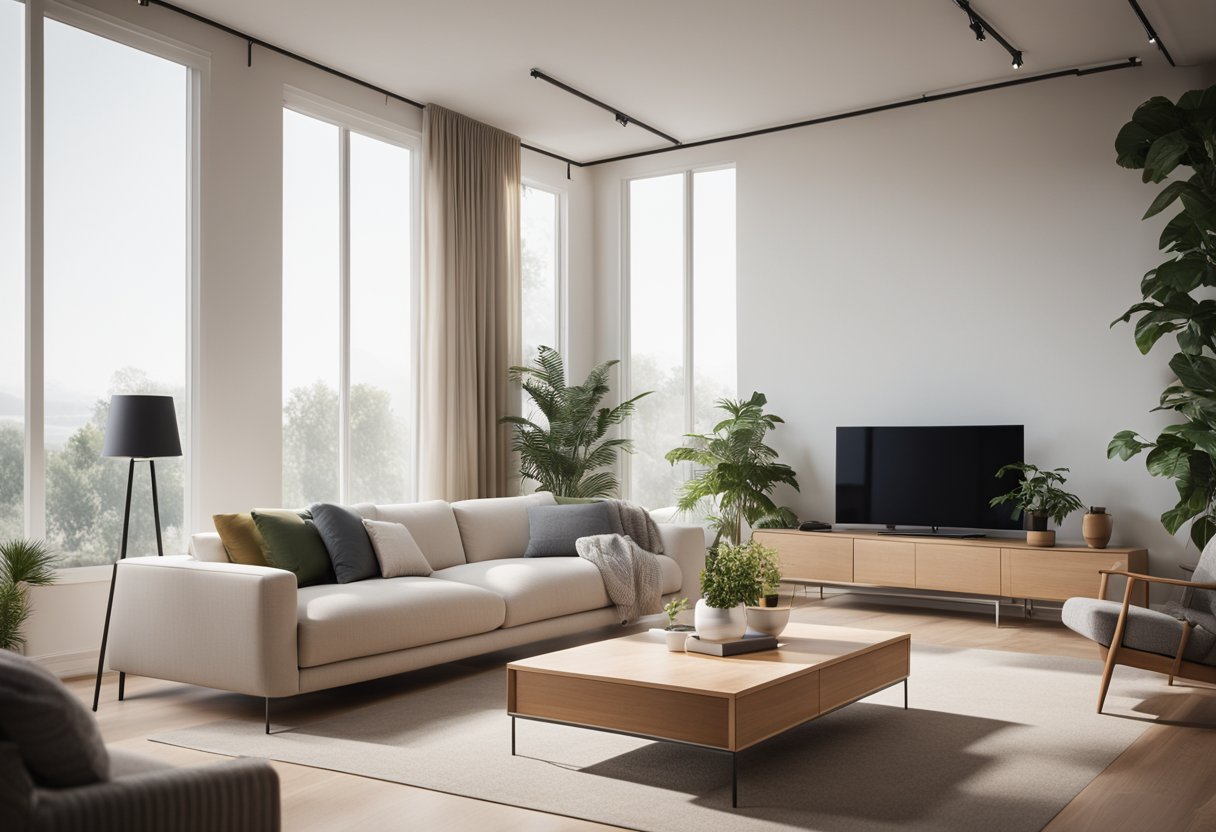
How will technological advancements shape the living room designs by 2030?
By 2030, technological advancements will bring significant changes to living room designs. Smart homes will be more common, and you can expect to see more voice-activated devices and smart furniture. You can also expect to see more augmented reality (AR) and virtual reality (VR) technologies incorporated into living room design, allowing for more immersive experiences.
What are the anticipated bedroom design innovations for the next decade?
The bedroom will become a more personalized space in the next decade, with sleep technology playing a significant role in design. You can expect to see more adjustable beds, smart mattresses, and sleep-tracking devices. Additionally, lighting and temperature control will become more advanced, allowing for a more customized sleep environment.
In what ways will sustainability influence home decor trends in the coming years?
Sustainability will continue to be a significant influence on home decor trends in the coming years. You can expect to see more eco-friendly materials and designs that prioritize energy efficiency and waste reduction. Additionally, upcycling and repurposing will become more common in interior design, as people become more conscious of their environmental impact.
Can we expect smart homes to redefine interior spaces by 2030?
Yes, smart homes will continue to redefine interior spaces by 2030. With the increasing popularity of smart home technology, you can expect to see more integrated systems that will allow for seamless control of lighting, temperature, and other aspects of home automation. This will lead to more efficient and personalized living spaces.
What role will cultural shifts play in the evolution of interior design by the end of the next decade?
Cultural shifts will play a significant role in the evolution of interior design by the end of the next decade. With an increasing focus on diversity and inclusivity, you can expect to see more designs that reflect different cultures and lifestyles. Additionally, as people continue to prioritize wellness and self-care, you can expect to see more designs that prioritize mental and physical health.
How might furniture design adapt to future lifestyle changes?
Furniture design will continue to adapt to future lifestyle changes by becoming more versatile and multi-functional. You can expect to see more furniture that can be easily transformed and adapted to different living spaces. Additionally, furniture will become more personalized, with more options for customization and personalization.

